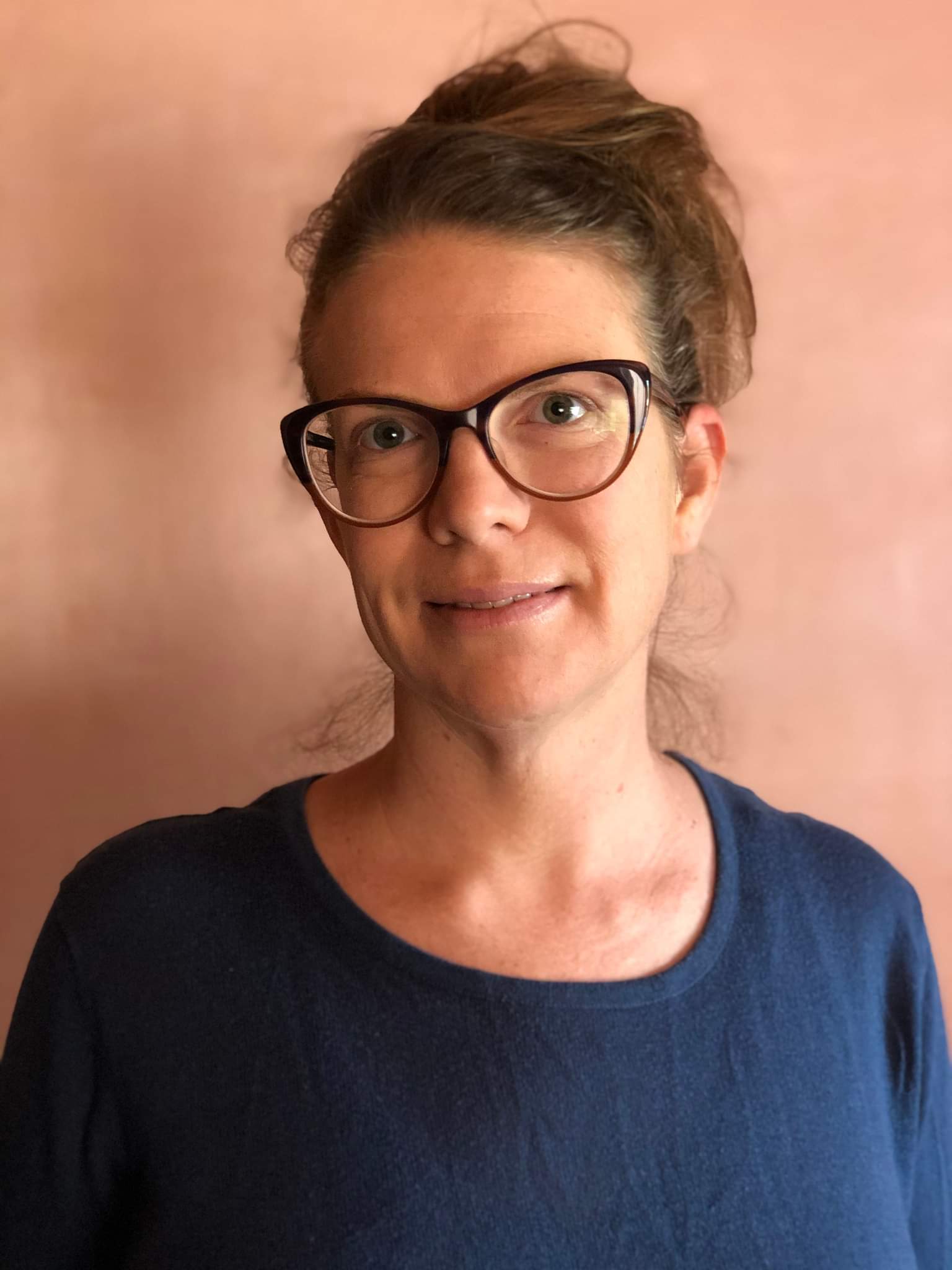@ Research
Multilingualism is the norm in deaf signing communities
- Multilingualism is the norm in deaf signing communities
- Ethical and cultural considerations of research on deaf individuals
- Language planning and policy in highly diverse signing communities in Canada
Multilingualism is the norm in deaf signing communities
Collaborators:
In linguistic literature, deaf signers are generally characterized as bilinguals by default as they are exposed to both signed and spoken/written languages (to varying degrees). However, the educational community has continued to assume that deaf people should not learn more than one signed language and one spoken/written language. This assumption permeates deaf education today as schools in Canada, the United States, and many other countries continue to practice language policies requiring deaf students not to learn more than one language such as their official/majority spoken/written language. However, recent cross-disciplinary studies in anthropology, linguistics, and education find deaf people are multilingual mainly due to economic and educational mobility to secure a livelihood similar to hearing people. In Fenlon and Wilkinson (2015), we argue that multilingualism in deaf communities is more common than previously believed, creating more questions about the acquisition and usage of a second (or more) signed and spoken/written language in both formal and informal environments. In a similar vein, Jill Morford and I proposed how bilingualism would contribute to healthy development in deaf children, because bilingualism serves as a protective factor that would provide them more language choices that would enhance their health literacy and expand their social networking. In other words, bilingualism is the pathway to deaf people’s well-being and for them to lead flourishing lives (Wilkinson and Morford, 2020).
Citations:
Fenlon, J. & Wilkinson, E. (2015). Sign languages in the world. In A. Schembri & C. Lucas (Eds.), The Sociolinguistics of Sign Languages and Deaf Communities, pp. 5-28. Cambridge: Cambridge University Press. DOI: https://doi.org/10.1017/CBO9781107280298.002
Wilkinson, E. & Morford, J. P. (2020). How bilingualism contributes to healthy development in deaf children: A public health perspective. Maternal and Child Health Journal, 24(11), 1330-1338. doi: 10.1007/s10995-020-02976-6.

Erin Wilkinson
Professor
Department of Linguistics
University of New Mexico
Contact: /www.unm.edu/~ewilkins/.
©2023, All Rights Reserved: /www.unm.edu/~ewilkins/.